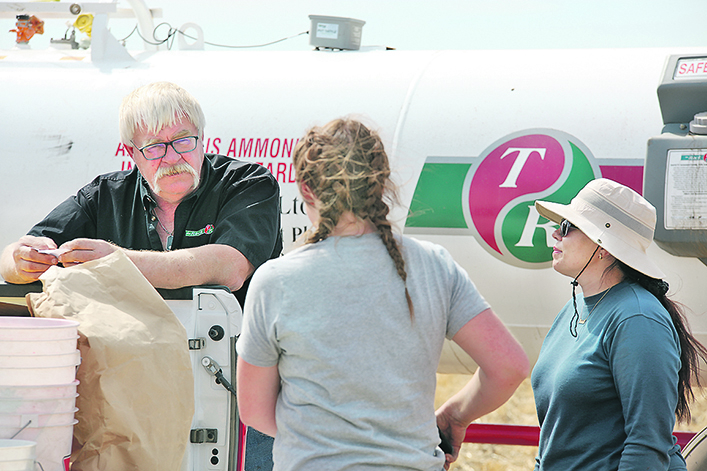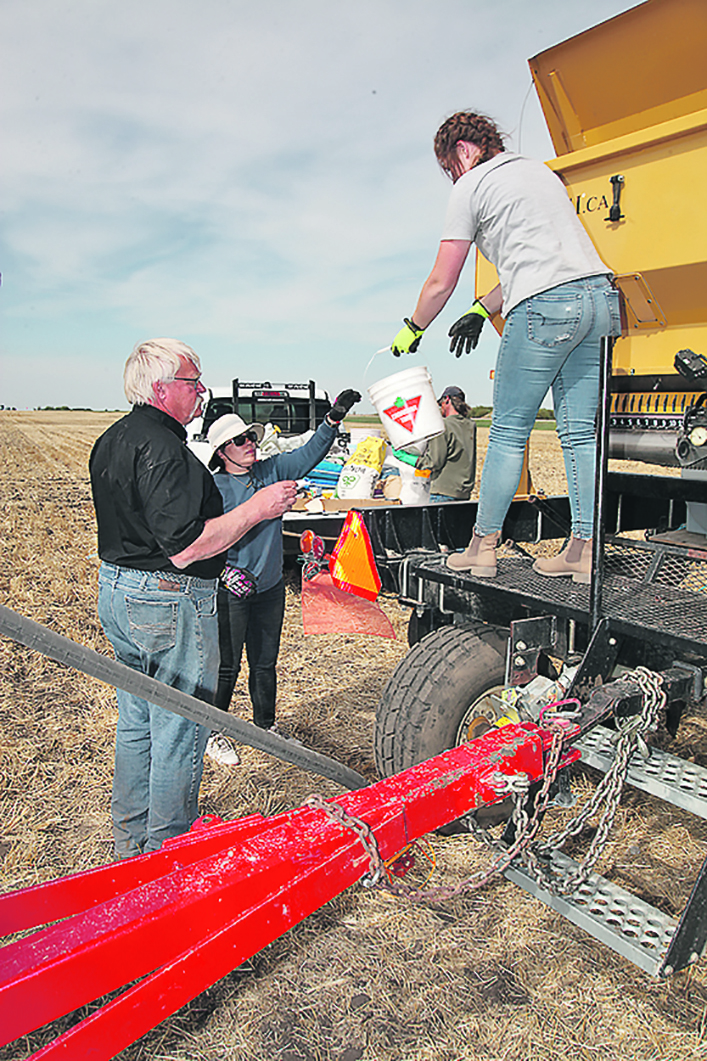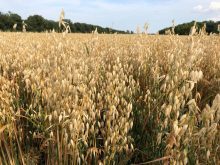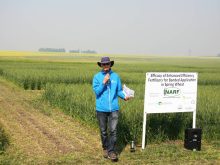Think balance and micronutrients, management and Dennis Bulani’s six-point recipe for canola yield success
Like the Quest for the Holy Grail, canola researchers and growers continue to strive for that elusive field-scale 100-bushel yield.
If you followed the Canola 100, you know they’re getting closer.
In 2021, Canola 100 again documented a handful of 100-bu. plots. They’ve hit that mark twice before and continue to do so now. Rack Petroleum in Biggar, Sask., has conducted the trials for five years in various locations spread around west-central Saskatchewan under their Ultimate Yield agronomy and research division.
Canola 100 agronomist Troy LaForge said, “People think it’s a nitrogen factor, but it’s not all about nitrogen. Nitrogen without high level management will get you nowhere,” he said, adding that each time Canola 100 adds an extra bushel or two, it’s because they have fine-tuned their agronomic plan, not added nitrogen.
LaForge said he feels nitrogen articles, when it comes to canola agronomy, have been overdone in farming publications over the past 10 years.
“Try to find an article on zinc nutrition. Yet more than half the Canadian prairies soil samples are zinc deficient. In the black soil zone, there’s often copper deficiency. But most guys just keep adding N to increase yield. You don’t have to do that. Producers are applying nitrogen they can’t even use. It’s proven that adequate zinc and or copper makes applied nitrogen use more efficient.”
LaForge said producers should study nitrogen response curves. Somewhere around 60 pounds there is still a lot of grain for each new pound of nitrogen. Then the curve starts to flatten out and somewhere around 120 lb. of nitrogen very little yield is gained.
He said producers should remember Liebig’s Law of the Minimum to find the next limiting factor and see how nitrogen efficiency can be maintained at higher rates. He says the team is finding that improving deficiencies in zinc, potassium, calcium and other factors improves yield with no additional nitrogen. Applying those nutrients from a 4R perspective is key.
“What it comes down to is we’re working with weak agronomy when we focus on N. Agronomists, retail salespeople, farmers. The industry as a whole needs a wake-up call. It isn’t all about plant nutrition either. It’s about systems management and using the six factors of agronomy to determine where the limiting factors are in attaining 100 bu. canola.
“Growing canola every second year or every year in a row as some people do, just won’t give you those top yields regardless of how much nitrogen you put down. We need to score nine out of 10 on our rotations not four out of 10. We need to score higher in rotation management. The Irish potato famine in the mid-1800s taught us how devastating poor rotation management can be.”

LaForge said plant tissue analysis has revealed a number of beneficial practices since they began the studies in 2017.
One important factor is the sources and rates of sulfur, potassium and calcium. He said there’s not enough calcium going into the plants when they manage for high yields. He said they haven’t figured out the most efficient calcium source but are continuing research in that area.
“Once we figured out some of these details from our data, we also found that high rates of fertility required low salt fertilizer formulations to enhance the water available to the canola crop” said LaForge.
“Manganese is another one. Back in 2017 we had this one plot that was visually distinct with several different sources of manganese. When we visually assess the plots, suddenly we saw this one plot with plants hanging out into the alleyways. Manganese is an element that’s often lacking on the Prairies.”
LaForge said they also researched a lot of specialty or snake oil products. There are numerous miracle micronutrients, biological stimulants and plant hormones on the market. Canola 100 tried every one that seemed to have reasonable replicated research showing the product had merit.
“We found a technology that helps alleviate some of the glyphosate tie-up of zinc and manganese in Roundup Ready canola. It’s a water conditioner with some micronutrients. We built on that basic formula with some plant growth hormones from our research. In five years of Canola 100 trials, 90 percent of the plots with this treatment show good response in both RR and Liberty tolerant canola.

“Another thing we see is that producers set their target yield too low. Many producers are setting goals of 50 bu. per acre. We’ve demonstrated it’s economically feasible with sound management to grow 70 to 80 bushels of canola. That’s seven bushels of canola for every one inch of available water. Most areas receive between 10 to 12 inches of total moisture from the time moisture is being replenished after harvest until the next crop comes off.
“Growing 100 bu. may not be economically feasible yet. Right now, we have to prove we can grow it by understanding the science. Then we work backwards to figure out the economics. It all comes down to scoring high in the six key factors so we can maximize the seventh key factor, which is the weather for that year.”
Canola 100 is a branch of Dennis Bulani’s Ultimate Yield Management Institute. This is his agronomy/research division, employing 13 people who work closely with farmers to increase yields and profits. Troy LaForge is the chief agronomist for the program.
















